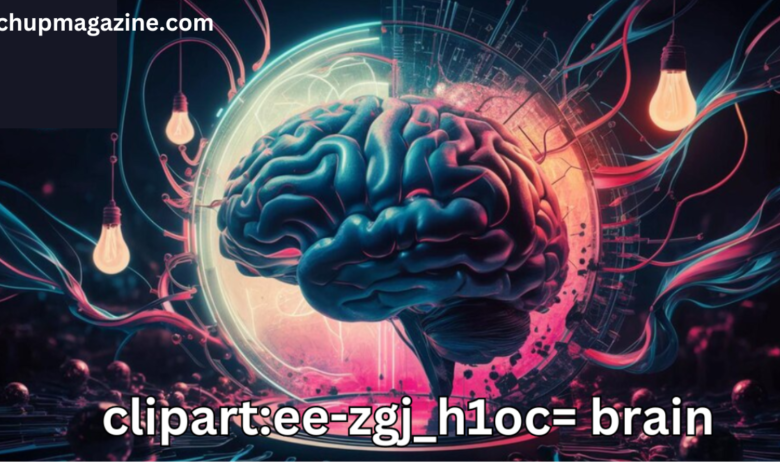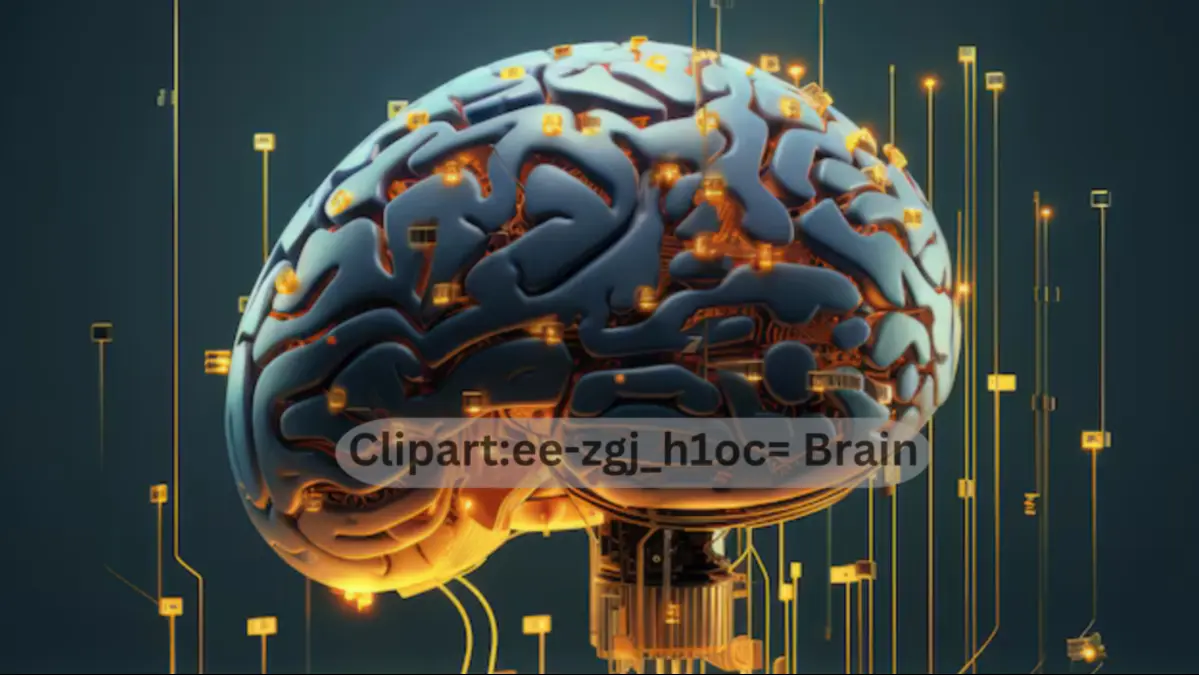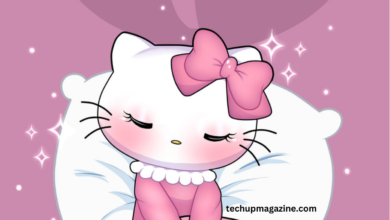Understanding clipart:ee-zgj_h1oc= brain: Exploring the World of Brain Illustrations

clipart:ee-zgj_h1oc= brain is more than just a collection of digital images for presentations or classroom use. It’s a tool for visual communication, a way to represent one of the most complex organs in the human body in a simplified and digestible format. Whether you’re creating educational materials, presentations, or creative projects, brain clipart offers a way to depict the intricacies of the human mind without delving into detailed medical diagrams. This article will take a deep dive into what makes brain clipart so valuable, its uses, and how it can enhance various projects clipart:ee-zgj_h1oc= brain.
What is clipart:ee-zgj_h1oc= brain?

clipart:ee-zgj_h1oc= brain is a graphical representation of the human brain, usually simplified for easier understanding or aesthetic purposes. These images come in a variety of styles, from detailed medical illustrations to fun, cartoonish versions. Clipart, in general, refers to pre-made images that can be easily inserted into documents or presentations, and brain clipart serves a similar function but with a focus on portraying brain anatomy or the concept of thinking clipart:ee-zgj_h1oc= brain.
One of the key benefits of brain clipart is that it distills the complexity of the brain into visual symbols that can be used by anyone, even those with little knowledge of neuroscience. For instance, an educator explaining how the brain works to students might use brain clipart to illustrate their points. Alternatively, designers might use these images in creative campaigns to symbolize knowledge, learning, or cognitive processes. The flexibility of brain clipart means it can be adapted to many different contexts, making it a versatile tool clipart:ee-zgj_h1oc= brain.
Types of clipart:ee-zgj_h1oc= brain
Brain clipart comes in a wide array of designs, each suited for different purposes. Some clipart may focus on the scientific structure of the brain, complete with labels and segmented lobes, while others might be more artistic or abstract. Understanding the types of brain clipart available can help users choose the most appropriate visuals for their needs clipart:ee-zgj_h1oc= brain.
Educational brain clipart often leans towards a more anatomical approach. These images highlight different regions of the brain such as the frontal lobe, cerebellum, and brainstem. They’re commonly used in textbooks, e-learning platforms, and classroom materials to help explain brain functions in a visually appealing way. On the other hand, artistic or conceptual brain clipart is less focused on the exact anatomy and more on portraying ideas like intelligence, creativity, or thought. These designs might use bright colors, exaggerated shapes, or symbols like light bulbs to represent abstract ideas clipart:ee-zgj_h1oc= brain.
Another important category is medical brain clipart, which is often more precise and detailed. This type is used in presentations by healthcare professionals, scientific articles, or medical software to explain neurological functions or disorders. Regardless of the type, each style serves a unique role in simplifying and communicating complex information about the clipart:ee-zgj_h1oc= brain.
The Importance of clipart:ee-zgj_h1oc= brain in Education
Visual aids play a critical role in education, and brain clipart is no exception. For both teachers and students, using visual representations of the brain can simplify complicated concepts related to cognition, neuroanatomy, and mental health. Brain clipart can help bridge the gap between abstract theories and real-world understanding clipart:ee-zgj_h1oc= brain.
In the classroom, educators often use brain clipart to introduce basic concepts of how the brain works. For younger students, colorful and simplified illustrations can make learning about the brain less intimidating and more engaging. For older students or in specialized subjects like psychology or biology, more detailed brain clipart can be used to explain specific parts of the brain and their functions, such as memory, emotion, or motor control clipart:ee-zgj_h1oc= brain.
The use of brain clipart in learning materials not only makes content more accessible but also fosters better retention of information. Studies show that people are more likely to remember information presented with images than with text alone. By incorporating brain clipart into educational resources, teachers can help students grasp challenging topics more effectively and make the learning process more enjoyable clipart:ee-zgj_h1oc= brain.
Applications of clipart:ee-zgj_h1oc= brain in Design and Marketing
Brain clipart isn’t just for education—it’s also a powerful tool in the world of design and marketing. Whether you’re creating a promotional campaign for a healthcare product or designing a logo for a cognitive training app, brain clipart can convey ideas related to intelligence, thought processes, or innovation clipart:ee-zgj_h1oc= brain.
In the business world, companies often use brain clipart to represent mental prowess, strategy, and knowledge. For example, a consulting firm might use a stylized brain image in its branding to highlight its expertise in problem-solving. Similarly, tech companies developing AI or machine learning software might incorporate brain clipart into their logos or marketing materials to emphasize the cognitive aspects of their products clipart:ee-zgj_h1oc= brain.
Additionally, brain clipart is frequently used in infographics, blog posts, and social media content to make information more visually appealing and easier to digest. Designers can play with colors, shapes, and styles to create brain clipart that fits the mood or message of their content, whether it’s a serious, professional tone or a more playful, creative one clipart:ee-zgj_h1oc= brain.
Brain Clipart in Healthcare and Medicine
Healthcare professionals and medical institutions also rely on brain clipart for a variety of purposes. From patient education materials to scientific research papers, brain clipart provides a clear and concise way to depict the brain without overwhelming the audience with too much complexity clipart:ee-zgj_h1oc= brain.
One of the most common uses of brain clipart in healthcare is in patient brochures or online resources aimed at explaining medical conditions. For example, a neurologist might use brain clipart to help a patient understand the effects of a stroke or traumatic brain injury. By simplifying the brain’s structure into easy-to-follow visuals, medical professionals can better communicate complex diagnoses and treatment plans.
Moreover, medical students and professionals alike benefit from brain clipart in presentations, lectures, and training materials. High-quality, detailed brain illustrations can serve as valuable teaching tools in anatomy classes or neuroscience courses. They can also be included in journal articles or case studies to support research findings.
Customizing Brain Clipart for Specific Needs
While there are many pre-made brain clipart options available online, sometimes a project requires something more specific or personalized. Fortunately, there are ways to customize brain clipart to better suit individual needs, whether it’s adjusting the color scheme, adding labels, or modifying the style to align with a particular theme or brand.
Graphic design software allows users to edit clipart images by changing colors, resizing elements, or even combining multiple images to create something entirely unique. For example, a healthcare organization might want to use brain clipart that matches its branding colors or includes specific text labels for different brain regions. Similarly, educators might want to highlight certain parts of the brain in a presentation, so they could adjust the clipart to focus on those areas.
Some websites even offer customizable brain clipart that allows users to choose from different options for brain anatomy, style, and color, making it easier to find or create the perfect image for any project. This level of flexibility ensures that brain clipart can be tailored to fit a wide range of needs.
Where to Find High-Quality Brain Clipart
The internet is full of resources for brain clipart, ranging from free databases to premium stock image sites. However, finding high-quality images that suit your specific needs can sometimes be a challenge. Depending on whether you’re looking for artistic, scientific, or educational brain clipart, different platforms may offer varying levels of detail and style.
Free clipart websites are a good starting point for general use. These platforms typically offer a variety of brain clipart options that can be easily downloaded and used for non-commercial purposes. However, the quality and uniqueness of free images might not always meet the needs of professional projects.
For higher-quality and more specialized brain clipart, stock image websites like Shutterstock, Adobe Stock, or iStock provide a wide selection of images that cater to different fields, including education, healthcare, and marketing. These images are typically more polished and come with licenses that allow for commercial use, making them a better choice for professional designers or businesses.
The Evolution of Brain Clipart in Digital Media
As digital media has evolved, so too has the world of clipart, including brain illustrations. Early clipart images were often simple and low-resolution, designed primarily for print media or basic digital documents. However, with the advent of advanced graphic design software and high-definition screens, the quality and versatility of brain clipart have significantly improved.
Today, brain clipart is available in high-resolution formats suitable for use in HD presentations, websites, and even video content. Designers have more tools than ever to create visually striking and detailed brain images, whether they’re working on educational platforms, healthcare apps, or marketing campaigns. The ability to scale images without losing quality has also opened up new possibilities for using brain clipart in a variety of media formats.
Furthermore, the increasing popularity of vector-based clipart has made it easier for users to edit and customize brain images to fit their specific needs. Unlike raster images, vector images can be resized without any loss of quality, which is particularly useful for projects that require flexibility in design.
Why Brain Clipart is Here to Stay
The versatility, accessibility, and functionality of brain clipart ensure that it remains a popular tool for a wide range of applications. From education to design, healthcare to marketing, brain clipart plays a vital role in helping to communicate complex ideas in a visually engaging way.
As digital media continues to grow, so too will the demand for high-quality, customizable visuals like brain clipart. Whether you’re a teacher looking to simplify a lesson on neuroanatomy, a marketer crafting a campaign around innovation, or a medical professional explaining a diagnosis, brain clipart will continue to be a valuable asset for visual communication.
By combining both aesthetic appeal and educational value, brain clipart not only makes content more engaging but also enhances the understanding of one of the most complex organs in the human body—the brain.



